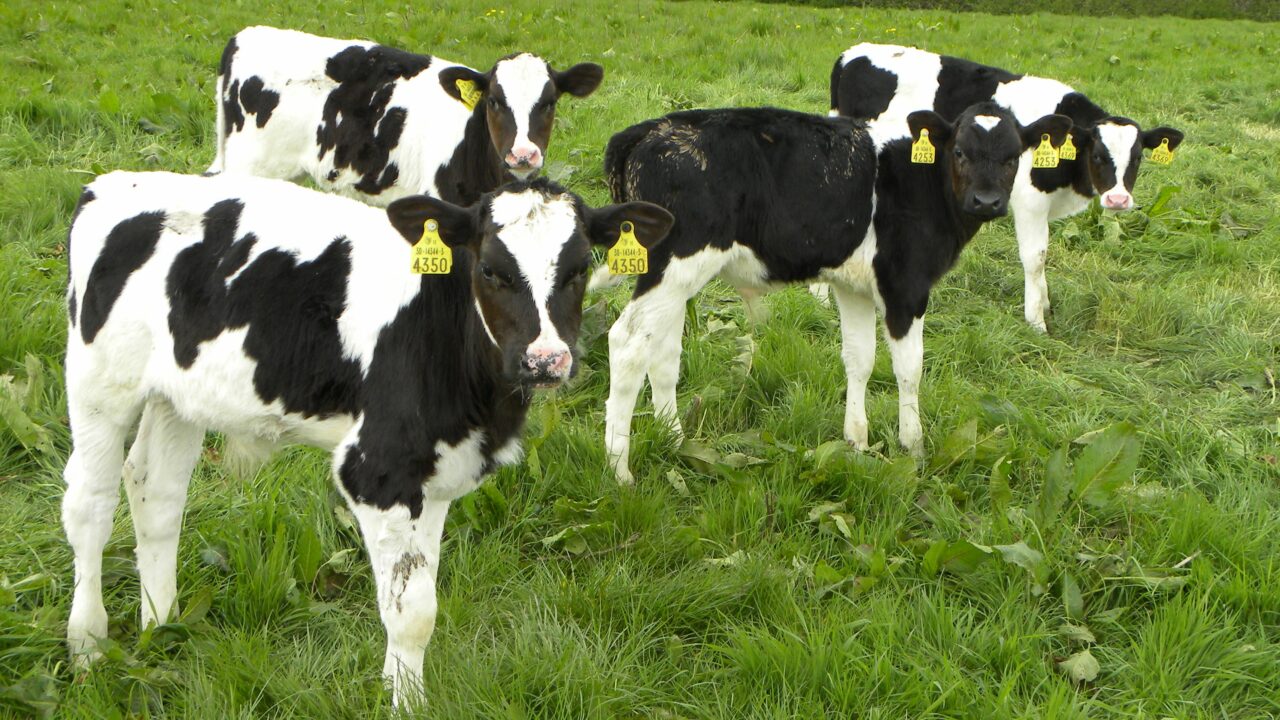Johne’s disease in ruminants is caused by the bacterium Mycobacterium avium subspecies paratuberculosis (MAP).
The main period to focus on in order to prevent the spread of MAP is during the milk-feeding stage, particularly the time around the feeding of colostrum. However, calves are still at risk up until 12 months of age.
During the milk-feeding stages, good hygiene is vital to prevent infection, while also ensuring that milk from cows that are positive, or potentially positive for Johne’s disease, is not used to feed calves.
Johne’s disease
As the calves get older this risk of picking up the bacteria decreases, which is why careful management while at grass in their first year is important.
Grass has the potential to be contaminated with MAP from older grazing cattle and/or contaminated slurry/manure.
This could result in paddocks being a potential source of infection for young calves turned out to grass.
The bacteria does die off from pasture, but this can take up to 12 months.
Because of this, farmers should be aiming for calves to graze on paddocks that have not been grazed by older livestock or that slurry or manure hasn’t been spread on.
On many farms this may not be possible. If this is the case, farmers should instead look at how they manage the grazing of their young stock.
Having paddocks that are solely dedicated to the grazing of young stock could actually increase the risk of some bacteria and parasites.
Instead, the best option may be to use a leader-follower system, whereby the calves are followed by the yearling or in calf heifers.
This means the calves are not forced into grazing out paddocks and will reduce the potential of coming into contact with MAP bacteria.
The older cattle over 12 months then come in and clean out the paddock. These cattle are less susceptible to MAP bacteria.
